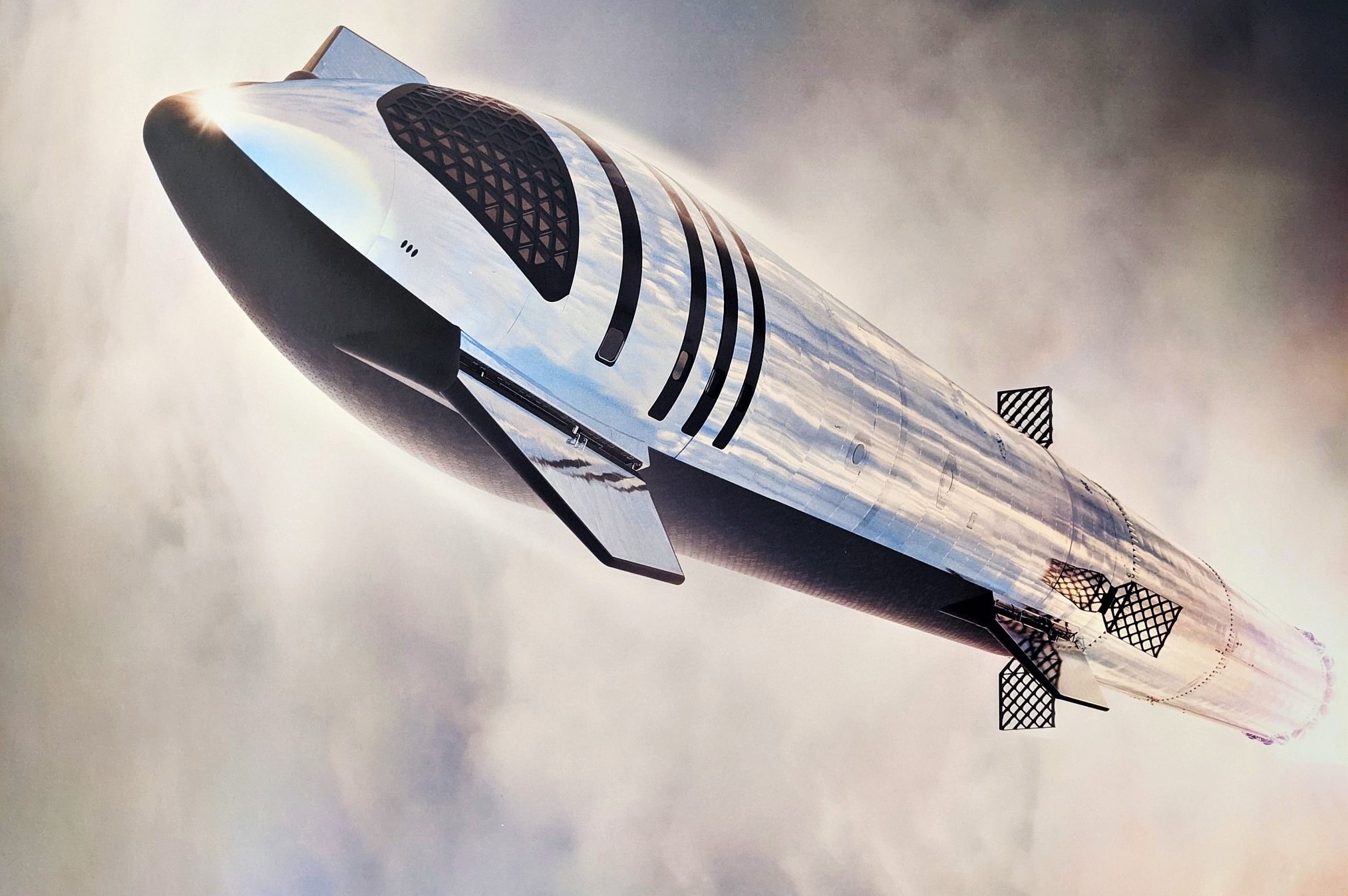
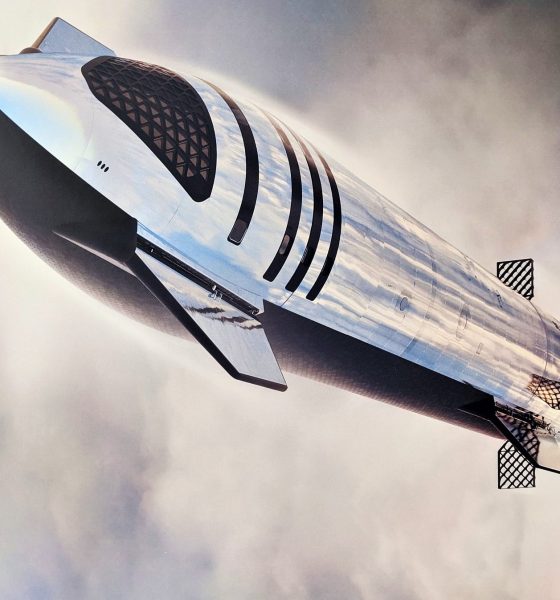
News
SpaceX President updates schedule for Starship’s orbital launch debut
SpaceX COO and President Gwynne Shotwell says that the company now expects Starbase to be ready for Starship’s first orbital launch attempt as early as June or July, pushing the schedule back another month or two.
To accomplish that feat, SpaceX will need to more or less ace a wide range of challenging and unproven tests and pass a series of exhaustive bureaucratic reviews, significantly increasing the odds that Starship’s orbital launch debut is actually closer to 3-6 months away. While SpaceX could technically pull off a miracle or even attempt to launch hardware that has only been partially tested, even the most optimistic of hypothetical scenarios are still contingent upon things largely outside of the company’s control.
Will FAA or won’t FAA?
Both revolve around the Federal Aviation Administration (FAA), which – in SpaceX’s case – is responsible for completing a ‘programmatic environmental assessment’ (PEA) of orbital Starship launches out of Boca Chica, Texas and issuing a launch license for the largest and most powerful rocket ever built. In some ways, both tasks are unprecedented, but the bureaucratic processes involved are still largely the same as those SpaceX has successfully navigated over the last two decades.
First up, the FAA’s environmental review. Until very recently, the fate of Starbase’s PEA was almost completely indeterminable and could have gone any number of ways – most of which would not be favorable for SpaceX. However, just a few days ago and about a week after the FAA’s latest one-to-two-month PEA delay announcement, the agency updated an online dashboard to show that the fourth of five main PEA processes had been completed successfully. The most important part of the update is the implication that SpaceX and the FAA have now completed almost every aspect of the PEA that requires cooperation with other federal agencies and local stakeholders.
Only one more cooperative process – ensuring “Section 4(f)” compliance – still needs to be completed. Without delving into the details, there is no convincing evidence to suggest that that particular step will be a showstopper, though SpaceX might have to compromise on certain aspects of Starbase operations to complete it. Once Section 4(f) is behind them, the only thing standing between the FAA and SpaceX and a Final PEA is the completion and approval of all relevant paperwork. In other words, for the first time ever, the FAA’s targeted completion date – currently May 31st, 2022 – may actually be achievable.
Still, as the FAA itself loves to repeatedly point out, “the completion of the PEA will not guarantee that the FAA will issue a launch license – SpaceX’s application must also meet FAA safety, risk, and financial responsibility requirements.” Even if the PEA is perfect, SpaceX still has to secure an FAA launch license for the largest and most powerful rocket in history. It’s unclear if SpaceX and the FAA have already begun that painful back-and-forth or if some tedious fine print prevents it from starting before an environmental review is in place. Without knowing more, launch licensing could take anywhere from a few days to several months.
A series of tubes
Without the FAA’s launch license and environmental approval, any Starship SpaceX builds cannot legally launch from Starbase. On the other side of the coin, though, it’s just as true that the FAA’s nods of approval are worth about as much as the paper they’re written on without a rocket that’s ready to launch. In a perfect world, SpaceX would have a Starship and Super Heavy booster fully qualified, stacked, and sitting at Starbase’s orbital launch site when the FAA finally gives a green light. However, that’s not quite what SpaceX’s reality is today.
First Starship orbital flight will be with Raptor 2 engines, as they are much more capable & reliable. 230 ton or ~500k lb thrust at sea level.
We’ll have 39 flightworthy engines built by next month, then another month to integrate, so hopefully May for orbital flight test.— Elon Musk (@elonmusk) March 21, 2022
SpaceX has made a significant amount of progress in the last month and a half, but contrary to CEO Elon Musk’s hopes as of March 21st, the company will absolutely not be ready to attempt an orbital launch by the end of May. Nonetheless, Shotwell’s estimate of “June or July” may not be completely out of reach. Since Musk’s tweet, SpaceX finished assembling Super Heavy Booster 7, rolled the rocket to the launch site on March 31st, and completed several major tests in early April. However, during the last test, an apparent operator error significantly damaged a large part installed inside the booster, forcing SpaceX to return Super Heavy B7 to Starbase’s build site. After two and a half weeks of repairs, Booster 7 returned to the launch site on May 6th and completed another ‘cryoproof’ test, seemingly verifying that those quick repairs did the job.
Had Booster 7 not required repairs, it’s not impossible (but still hard) to imagine that SpaceX could have had a Super Heavy booster ready to launch by the end of May. Still, the static fire testing Booster 7 needs to complete is almost entirely unprecedented and could take months to complete. To date, SpaceX has never ignited more than six Raptors at once on a Starship prototype, while Super Heavy will likely need to complete multiple 33-engine tests before it can be safely considered ready for flight. Worse, there is no guarantee that SpaceX actually wants to fly Booster 7 after the damage it suffered. If Booster 8 carries the torch forward instead, Starship’s orbital launch debut could easily slip to late Q3 or Q4 2022.
Meanwhile, Super Heavy is only half of the rocket. When Musk tweeted his “hopefully May” estimate, SpaceX was nowhere close to finishing the Starship – Ship 24 – that is believed to have been assigned to the orbital launch debut. However, SpaceX finally accelerated Ship 24 assembly within the last few weeks and ultimately finished stacking the upgraded Starship on May 8th. A great deal of work remains to truly complete Ship 24, but SpaceX should be ready to send it to a test stand within a week or two. Even though the testing Ship 24 will need to complete has been done before by Ship 20, making its path forward less risky than Booster 7’s, Ship 24 will debut a number of major design changes and likely needs at least two months of testing to reach a basic level of flight readiness.
Last but not least, there’s the question of the orbital launch site (OLS) itself. Is the launch mount ready to survive a full Super Heavy static fire? Is the pad’s tank farm ready to fill Starship and Super Heavy with several thousand tons of flammable, explosive cryogenic propellant? If it’s a goal of the test flight, is the launch tower ready for a Super Heavy booster to attempt to land in its arms? While there are reasons to believe that the answer to some of those questions is “yes,” plenty of uncertainty remains and plenty of work is still incomplete.
Ultimately, Shotwell’s June goal is almost certainly unachievable. Late July, however, might be within the realm of possibility, but only in the unlikely event that all Booster 7 and Ship 24 testing is completed almost perfectly and without further delay. For the pragmatic reader, August or September is a safer bet. Thankfully, at least one thing is certain: activity at Starbase is about to get significantly more exciting.

Cybertruck
Tesla Cybertruck earns IIHS Top Safety Pick+ award
To commemorate the accolade, the official Cybertruck account celebrated the milestone on X.

The Tesla Cybertruck has achieved the Insurance Institute for Highway Safety’s (IIHS) highest honor, earning a Top Safety Pick+ rating for 2025 models built after April 2025.
The full-size electric pickup truck’s safety rating is partly due to the vehicle’s strong performance in updated crash tests, superior front crash prevention, and effective headlights, among other factors. To commemorate the accolade, the official Cybertruck account celebrated the milestone on X.
Cybertruck’s IIHS rating
As per the IIHS, beginning with 2025 Cybertruck models built after April 2025, changes were made to the front underbody structure and footwell to improve occupant safety in driver-side and passenger-side small overlap front crashes. The moderate overlap front test earned a good rating, and the updated side impact test also received stellar marks.
The Cybertruck’s front crash prevention earned a good rating in pedestrian scenarios, with the standard Collision Avoidance Assist avoiding collisions in day and night tests across child, adult crossing, and parallel paths. Headlights with high-beam assist compensated for limitations, contributing to the top award.
Safest and most autonomous pickup
The Cybertruck is one of only two full-size pickups to receive the IIHS’ Top Safety Pick + rating. It is also the only one equipped with advanced self-driving features via Tesla’s Full Self-Driving (Supervised) system. Thanks to FSD, the Cybertruck can navigate inner city streets and highways on its own with minimal supervision, adding a layer of safety beyond passive crash protection.
Community reactions poured in, with users praising the vehicle’s safety rating amidst skepticism from critics. Tesla itself highlighted this by starting its X post with a short clip of a Cybertruck critic who predicted that the vehicle will likely not pass safety tests. The only question now is, of course, if the vehicle’s Top Safety Pick+ rating from the IIHS will help the Cybertruck improve its sales.
News
Tesla stands to gain from Ford’s decision to ditch large EVs
Tesla is perhaps the biggest beneficiary of Ford’s decision, especially as it will no longer have to deal with the sole pure EV pickup that outsold it from time to time: the F-150 Lightning.
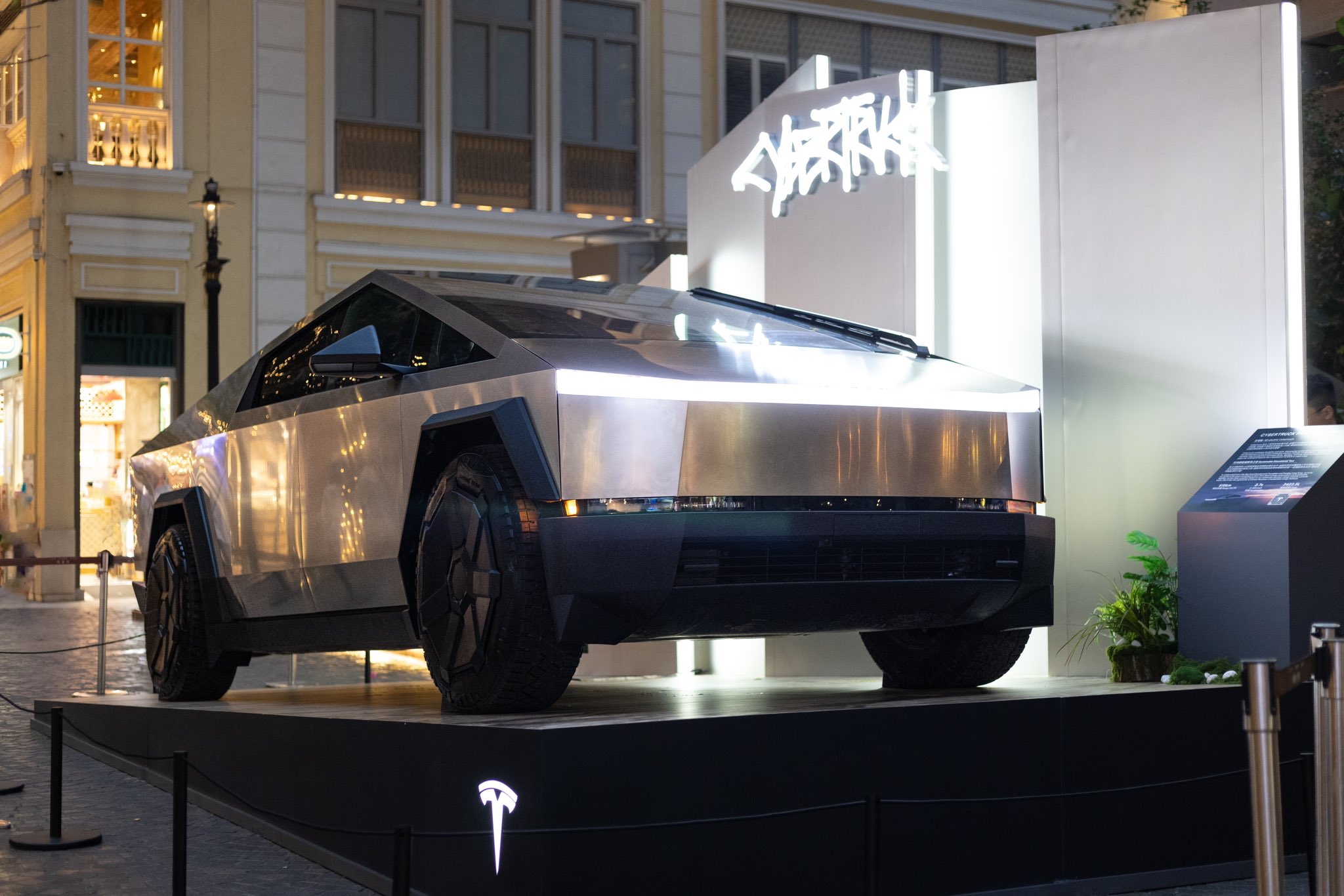
Ford’s recent decision to abandon production of the all-electric Ford F-150 Lightning after the 2025 model year should yield some advantages for Tesla.
The Detroit-based automaker’s pivot away from large EVs and toward hybrids and extended-range EVs that come with a gas generator is proof that sustainable powertrains are easy on paper, but hard in reality.
Tesla is perhaps the biggest beneficiary of Ford’s decision, especially as it will no longer have to deal with the sole pure EV pickup that outsold it from time to time: the F-150 Lightning.
Here’s why:
Reduced Competition in the Electric Pickup Segment
The F-150 Lightning was the Tesla Cybertruck’s primary and direct rival in the full-size electric pickup market in the United States. With Ford’s decision to end pure EV production of its best-selling truck’s electric version and shifting to hybrids/EREVs, the Cybertruck faces significantly less competition.
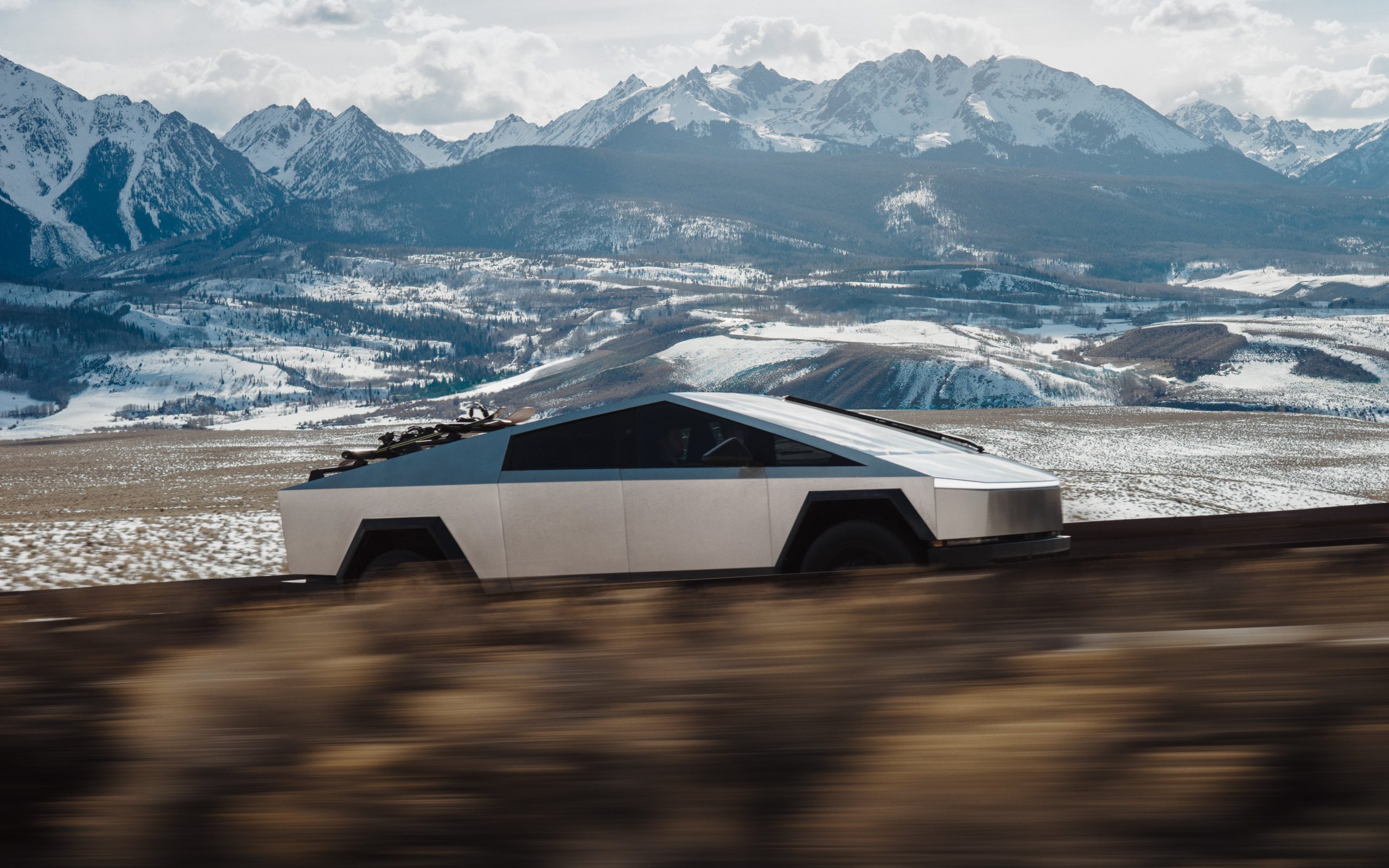
Credit: Tesla
This could drive more fleet and retail buyers toward the Cybertruck, especially those committed to fully electric vehicles without a gas generator backup.
Strengthened Market Leadership and Brand Perception in Pure EVs
Ford’s pullback from large EVs–citing unprofitability and lack of demand for EVs of that size–highlights the challenges legacy automakers face in scaling profitable battery-electric vehicles.
Tesla, as the established leader with efficient production and vertical integration, benefits from reinforced perception as the most viable and committed pure EV manufacturer.
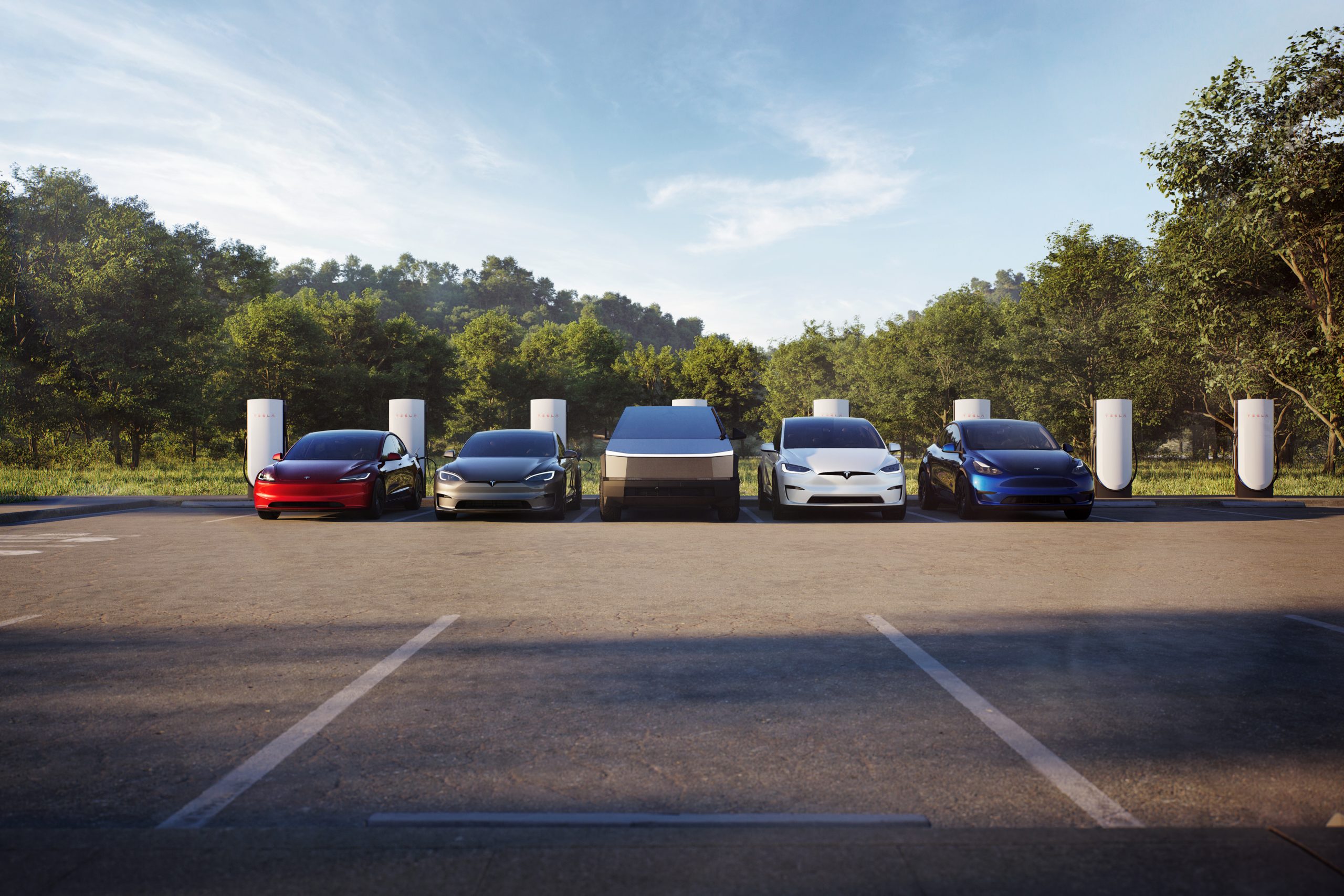
Credit: Tesla
This can boost consumer confidence in Tesla’s long-term ecosystem over competitors retreating to hybrids. With Ford making this move, it is totally reasonable that some car buyers could be reluctant to buy from other legacy automakers.
Profitability is a key reason companies build cars; they’re businesses, and they’re there to make money.
However, Ford’s new strategy could plant a seed in the head of some who plan to buy from companies like General Motors, Stellantis, or others, who could have second thoughts. With this backtrack in EVs, other things, like less education on these specific vehicles to technicians, could make repairs more costly and tougher to schedule.
Potential Increases in Market Share for Large EVs
Interestingly, this could play right into the hands of Tesla fans who have been asking for the company to make a larger EV, specifically a full-size SUV.
Customers seeking large, high-capability electric trucks or SUVs could now look to Tesla for its Cybertruck or potentially a future vehicle release, which the company has hinted at on several occasions this year.
With Ford reallocating resources away from large pure EVs and taking a $19.5 billion charge, Tesla stands to capture a larger slice of the remaining demand in this segment without a major U.S. competitor aggressively pursuing it.
News
Ford cancels all-electric F-150 Lightning, announces $19.5 billion in charges
“Rather than spending billions more on large EVs that now have no path to profitability, we are allocating that money into higher returning areas, more trucks and van hybrids, extended range electric vehicles, affordable EVs, and entirely new opportunities like energy storage.”
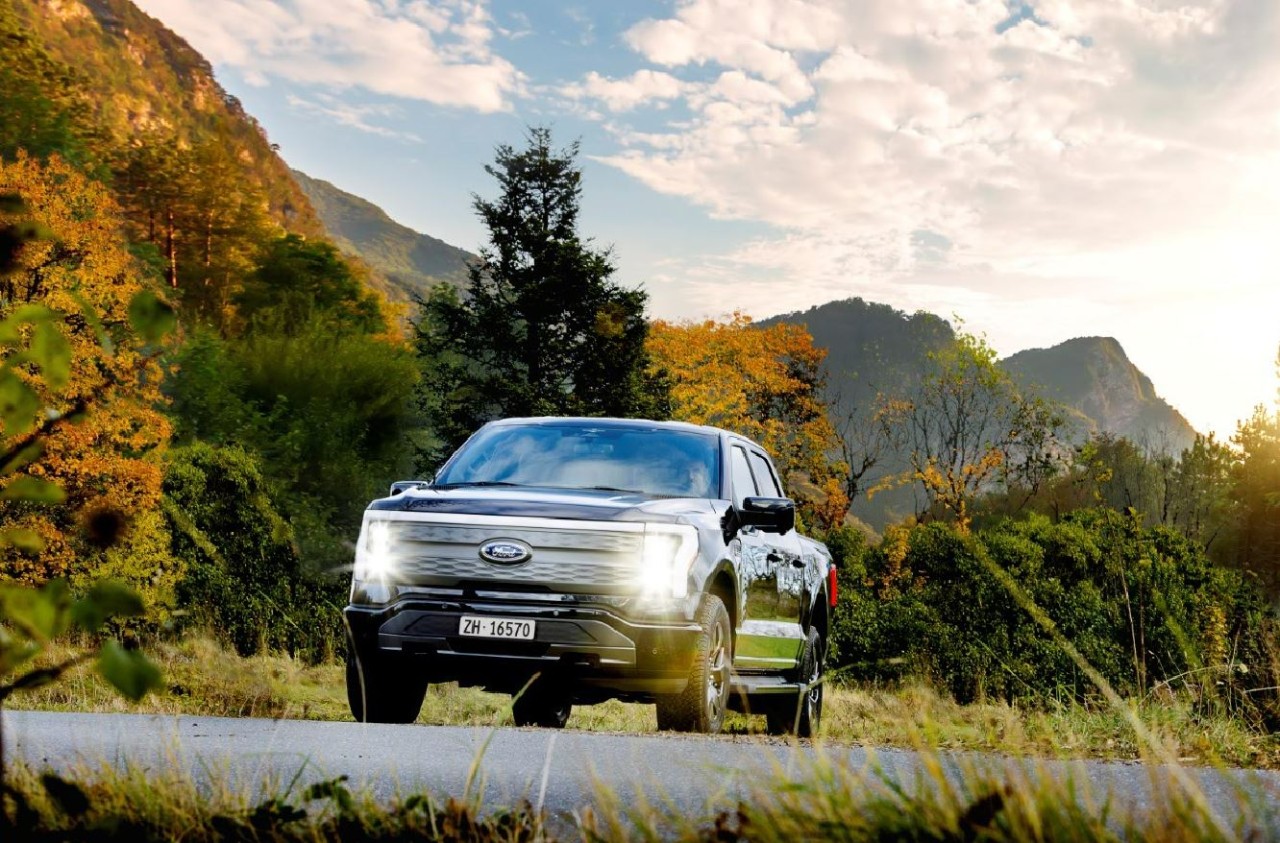
Ford is canceling the all-electric F-150 Lightning and also announced it would take a $19.5 billion charge as it aims to quickly restructure its strategy regarding electrification efforts, a massive blow for the Detroit-based company that was once one of the most gung-ho on transitioning to EVs.
The announcement comes as the writing on the wall seemed to get bolder and more identifiable. Ford was bleeding money in EVs and, although it had a lot of success with the all-electric Lightning, it is aiming to push its efforts elsewhere.
It will also restructure its entire strategy on EVs, and the Lightning is not the only vehicle getting the boot. The T3 pickup, a long-awaited vehicle that was developed in part of a skunkworks program, is also no longer in the company’s plans.
Instead of continuing on with its large EVs, it will now shift its focus to hybrids and “extended-range EVs,” which will have an onboard gasoline engine to increase traveling distance, according to the Wall Street Journal.
“Ford no longer plans to produce select larger electric vehicles where the business case has eroded due to lower-than-expected demand, high costs, and regulatory changes,” the company said in a statement.
🚨 Ford has announced it is discontinuing production of the F-150 Lightning, as it plans to report a charge of $19.5 billion in special items.
The Lightning will still be produced, but instead with a gas generator that will give it over 700 miles of range.
“Ford no longer… pic.twitter.com/ZttZ66SDHL
— TESLARATI (@Teslarati) December 15, 2025
While unfortunate, especially because the Lightning was a fantastic electric truck, Ford is ultimately a business, and a business needs to make money.
Ford has lost $13 billion on its EV business since 2023, and company executives are more than aware that they gave it plenty of time to flourish.
Andrew Frick, President of Ford, said:
“Rather than spending billions more on large EVs that now have no path to profitability, we are allocating that money into higher returning areas, more trucks and van hybrids, extended range electric vehicles, affordable EVs, and entirely new opportunities like energy storage.”
CEO Jim Farley also commented on the decision:
“Instead of plowing billions into the future knowing these large EVs will never make money, we are pivoting.”
Farley also said that the company now knows enough about the U.S. market “where we have a lot more certainty in this second inning.”








